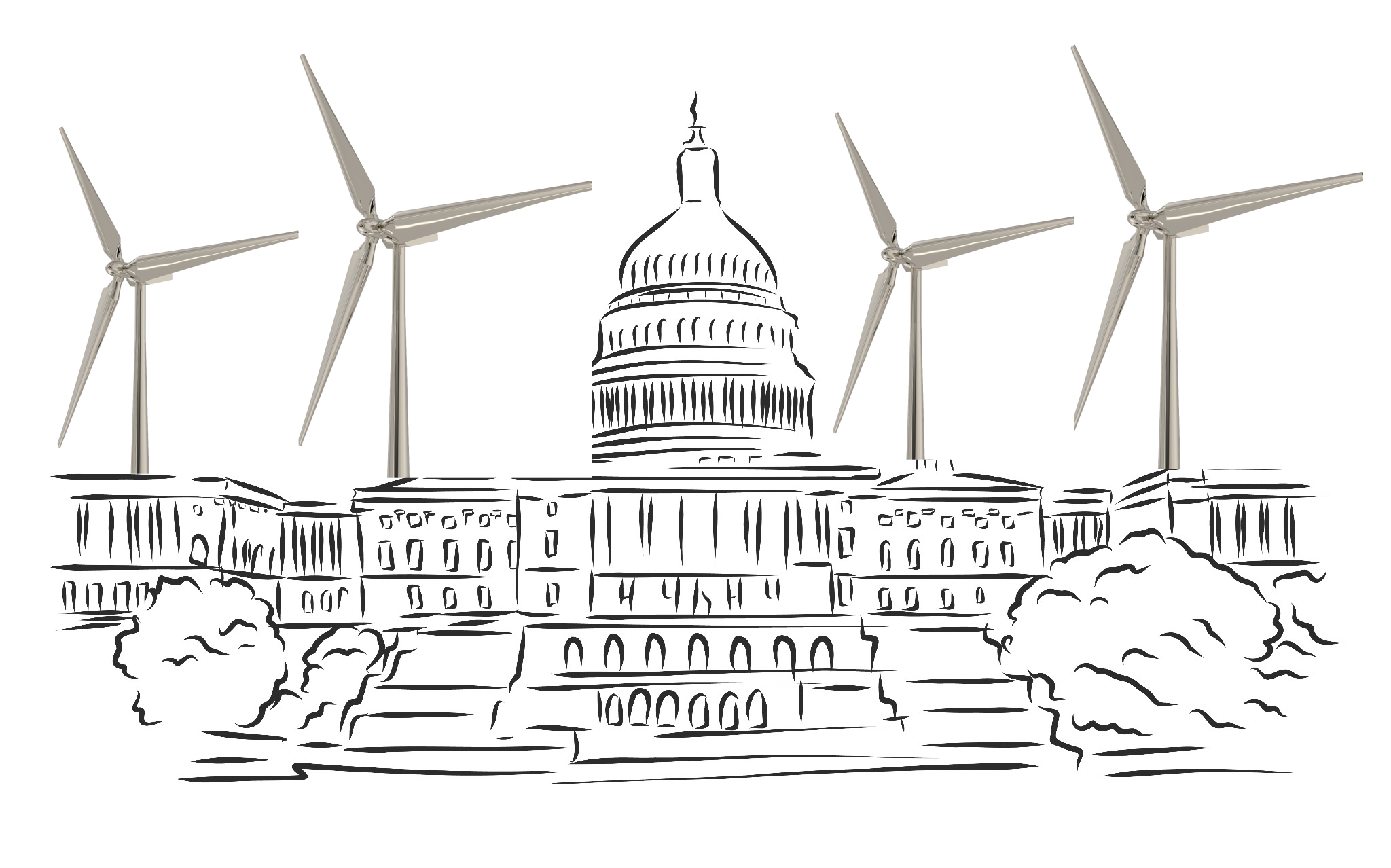A proposed Resolution in the US House calls for the Congressional investigation of a comprehensive list of potential liabilities arising from offshore wind development. Offshore wind work is to stop as the probe proceeds.
The broad scope of the inquiry is clearly stated in the resolution’s summary statement:
“H.Res.239 – Expressing the sense of the House of Representatives that offshore wind projects along the Atlantic coast require more comprehensive investigations examining the impact to the environment, relevant maritime industries, and national defense before being leased or constructed.” https://www.congress.gov/bill/118th-congress/house-resolution/239/all-info
Sponsors to date are from New Jersey, New York, Maryland, Pennsylvania and Georgia. The lead author is Van Drew from New Jersey, who also held a lengthy local hearing on this topic.
See “An Examination Into Offshore Wind Industrialization” at https://m.youtube.com/watch?v=j9MY7G8pi5M
It is certainly true that the Biden Administration has rushed headlong into massive offshore wind development, with over a dozen giant projects planned along the coast and more coming. The potential adverse impacts of this mad rush have simply been ignored, or even worse, denied.
Here are a few of the specific concerns listed in the proposed Resolution:
“Whereas the Department of Defense’s Offshore Wind Mission Compatibility Assessment ruled much of the offshore east coast a ‘‘wind exclusion zone’’, for defense and defense training reasons”
“Whereas the potential safety and maritime supply chain impacts of navigational and radar interference related to proposed offshore wind leases has not been duly evaluated or mitigated”
“Whereas requests from maritime stakeholders to increase the width of transit lanes to a minimum of 2 nautical miles to ensure safer transit through wind farms have been disregarded”
“Whereas the BOEM and the National Oceanic and Atmospheric Administration (NOAA) have an unclear process for determining all contributing causes of death of whales through necropsies”
“Whereas NOAA lacks a mechanism to oversee and enforce the parameters of its incidental harassment authorizations of marine mammals issued to offshore wind companies”
There are 28 “Whereas” clauses in all. An excellent list of important concerns.
Here is the Resolution:
“Resolved, That it is the sense of the House of Representatives that— (1) the Atlantic coast offshore wind leases represent a transformative industrialization of vital environmental and maritime resources of the United States; (2) the potential impacts of this industrialization have not been duly evaluated or mitigated by the responsible Federal agencies; (3) Congress should— (A) conduct investigations to determine the true impacts of offshore wind development; and (B) use the findings of such investigations to develop legislation to mitigate potential negative environmental or economic impacts of offshore wind development; and (4) leasing and construction of offshore wind farms along the Atlantic coast should be put under immediate moratorium until these investigations and findings are presented to Congress and the public.”
While the list of concerns is extensive it is by no means exhaustive. Here are some other concerns that have been raised.
Chinese submarines might escape detection by hiding in the huge wind tower arrays. For example Dominion’s Virginia project is slated to cover 300 square miles. The underwater operational noise is projected to be extreme, with 350 huge towers also possibly scattering sonar signals, making sonar detection impossible. This huge array will lie just off the US (and world’s) biggest naval base in Norfolk.
Unexploded ordinance. Dominion is presently engaged in sonar searches of its phase 1 area for unexploded ordinance, called UXO for short. Given the proximity to Norfolk there might be a lot of UXO from the last 150 years of naval training and exercises. What they do with it I have no idea. Note too that the NOAA Harassment Authorization for this search allows adverse sonar impact on almost 10,000 dolphins. Unlike the migrating whales, the dolphins live there year round.
International waters. Some of the proposed industrial wind development is far enough offshore to be in international waters, with a lot more planned. There may be international treaties that are simply being ignored by the Biden Administration.
Here is hoping this far reaching Resolution passes. In any case it is an important list of concerns that need to be addressed. Stay tuned to see how this story unfolds.
